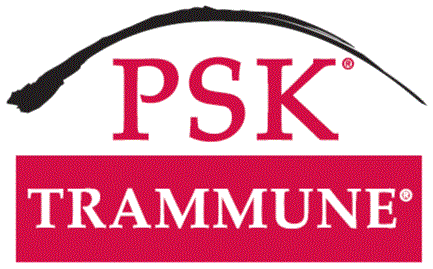How is Coriolus versicolor Extract Produced?
In traditional use of Coriolus versicolor the fully-grown mushroom is harvested in the forest. The mushroom is then dried, ground into a powder to be reconstituted with hot water as a tea. However, mushrooms grown in the wild are likely to be inconsistent in their content depending on the location; they may be contaminated with heavy metals, and thus are considered unsuitable in modern pharmaceutical use.
The growth cycle of mushrooms begins with the spore, which germinates and produces a short, initial hypha (called a germ tube). The germ tube grows and branches, each of those early branches grows and branches in turn and the process continues to produce a mycelium, which is the precursor to the fruiting body. About half the mass of the cell wall at the mycelial stage of Coriolus versicolor consists of the active proteoglycans, the most important of which are β-D-glucans. Consequentially, the best yield of these non-cellulosic compounds is obtained by harvesting the mycelia, rather than later when the fruiting bodies have developed. Also important is that there is more control over the purity of the extract when the cells are grown in a suspended liquid culture medium containing the required nutrients. Fruiting bodies of mushrooms grown on a solid supporting substrate are more likely to contain other potentially contaminating components.
PSK is produced from mycelial biomass produced in fermentation vessels. Fermentations are carried out for several days with stepwise feeding with fresh medium. The biomass is collected by centrifugation and subjected to a multi-step extraction with hot water. The active substance is recovered from the concentrated extract by precipitation.
The aqueous solubility of β-glucans depends on the complexity of their structure and thus their physical organisation. Soluble β-glucans have been shown to be stronger immunostimulators than insoluble ones. β-Glucans are not synthesised by humans, so these compounds are recognised by our immune systems as non-self molecules, inducing both innate and adaptive immune responses. The mechanism of action appears to depend on their capability to bind to cell receptors, probably through the protein component of the structure. This event then leads to activation of multiple signal pathways, which in turn promote immune responses in the affected cells.
- J Chen and R Seviour, Mycological Research, 111, 635-652 (2007)
- J Cui and Y Chisti, Biotechnology Advances, 21 (2003) 109-122



